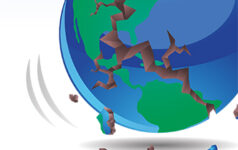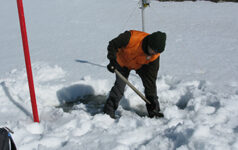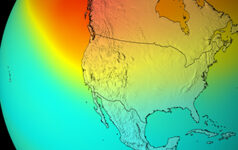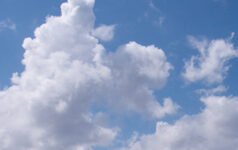Movers and shakers: physics in the oceans
Contrary to the popular saying, deep waters are often far from still – which is just as well for marine life. Activities using simple water tanks are a good way to find out about the physics at work beneath the waves.




























